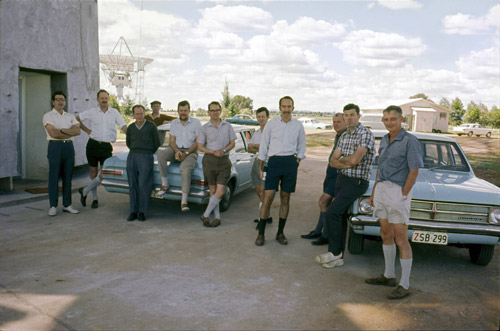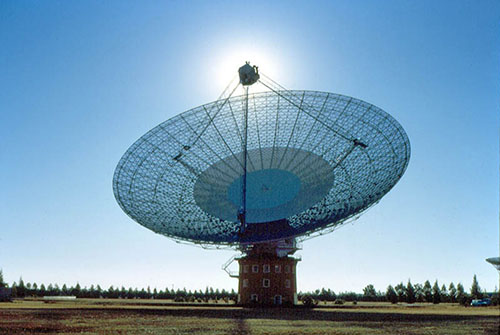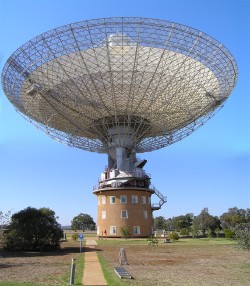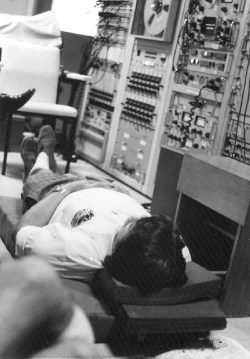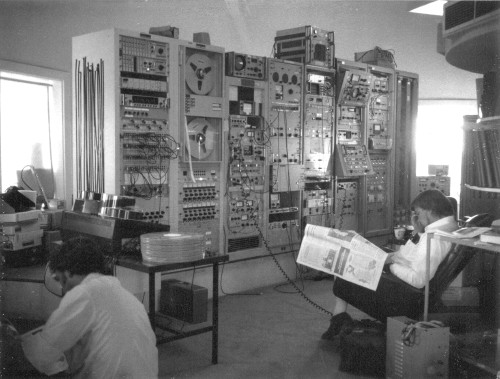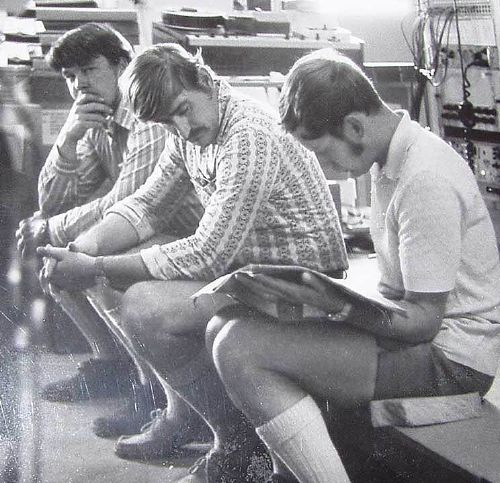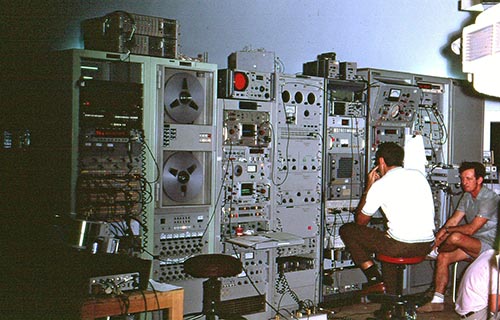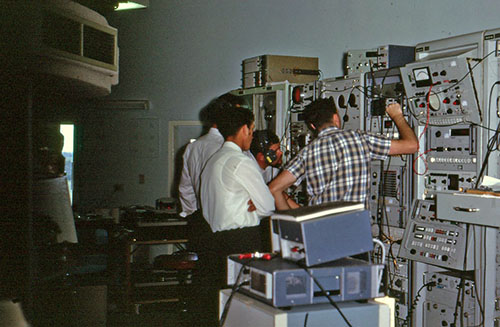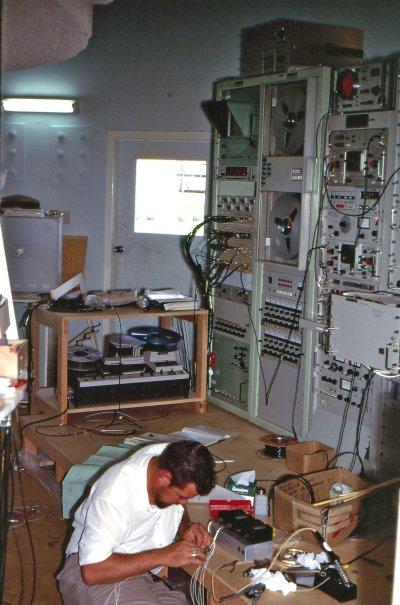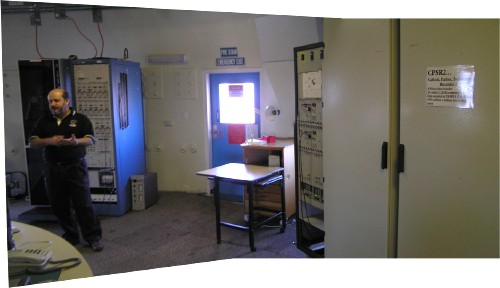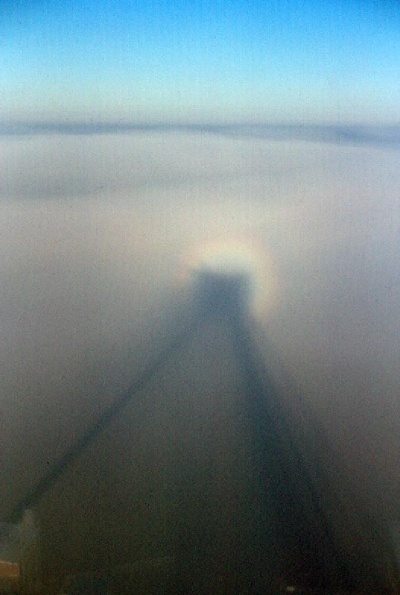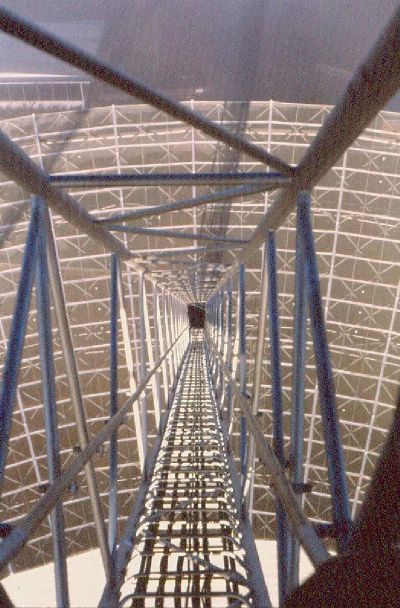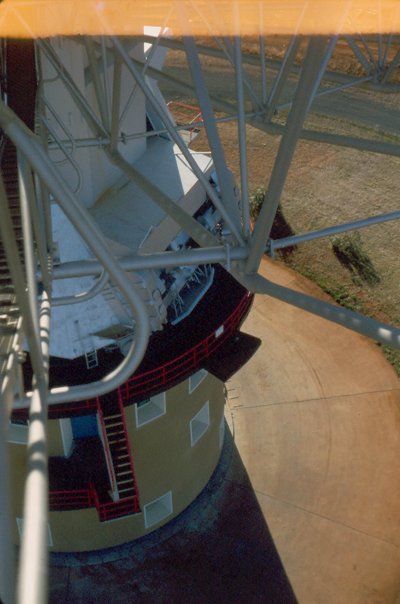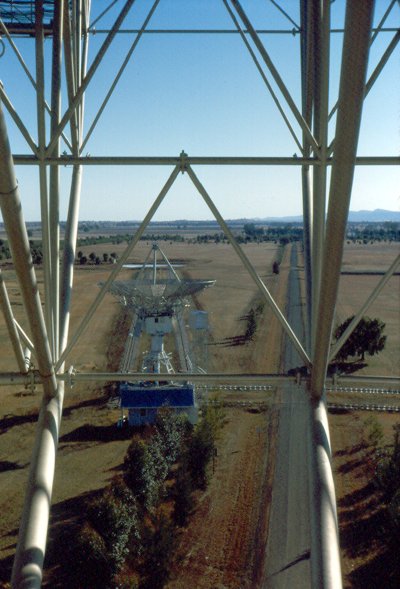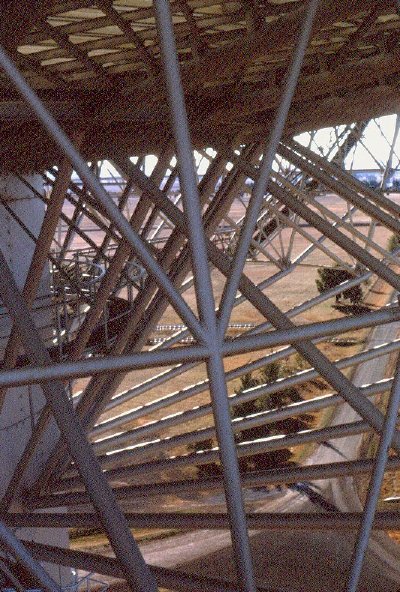During the Apollo Program, Engineers and
Technicians from Tidbinbilla regularly spent time at Parkes.
As a radio telescope, Parkes is receive-only, lacking a transmitter.
CSIRO agreed, at NASA request, to provide mission support on a number of key occasions during the Apollo Program – this was to provide additional signal level margin, and antenna/tracking redundancy. (In addition, the larger antenna meant a narrower beam-width, which was expected to be a help during the Apollo 13 emergency when both the LM and the SIVB IU were transmitting on the same frequency.) Parkes had previously assisted with deep space tracking, notably of Mariner 2 (Venus) and Mariner 4 (Mars).
Parkes used NASA payments to enhance the capabilities of the facility and this happy arrangement has continued to the present day.
During Apollo, Parkes was not always called up because the radio telescope cannot point below an elevation of 30° – thus reducing potential tracking time.
For Apollo 11, a team from the Goddard Space Flight Center (led by Robert Taylor) were stationed at Parkes (assisted by John Crowe, who had worked at Honeysuckle).
At Honeysuckle Creek, Mike Dinn was responsible for co-ordinating Parkes’ telemetry through to Honeysuckle, where it could be used as another source (as was the telemetry from Honeysuckle’s wing at Tidbinbilla).
For later Apollo missions, Manned Space Flight Network personnel from Tidbinbilla, spent considerable periods at Parkes. Keith Aldworth – who was a part of the team at Tidbinbilla – writes,
(from Keith’s biographical note.)
When Parkes was used for Apollo support, the Parkes telemetry was available at Honeysuckle Creek as an alternate source to its own antenna and that at Tidbinbilla.
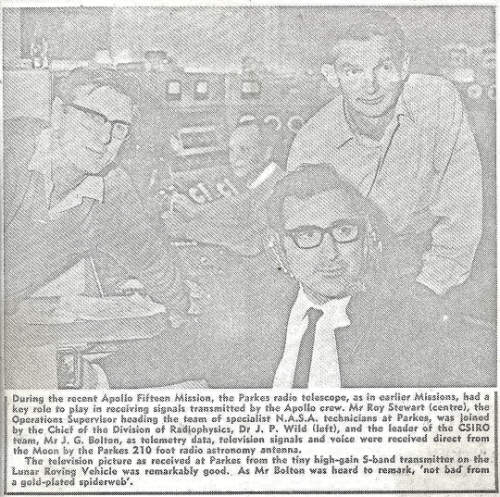 |
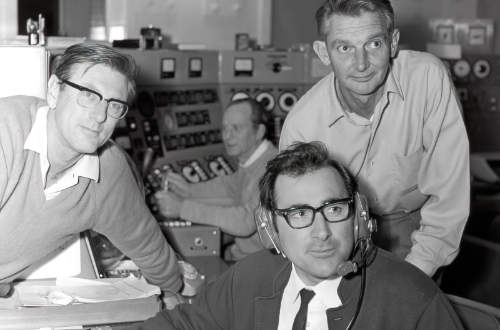 |
Tidbinbilla’s Roy Stewart was the Engineer in Charge of SpaceTrack staff at Parkes for Apollo 12, 14, and 15 (at least). News clipping, courtesy of Gloria Stewart. Photo: ATNF / CSIRO. |
Here are some photos taken by Keith
Aldworth and Harry Westwood.
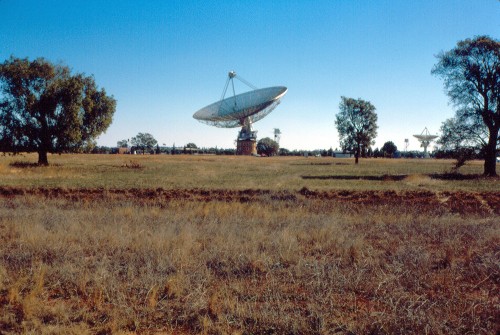 |
|
The Parkes Radio Telescope. Photo by Keith Aldworth, probably during Apollo 15. |
|
The Parkes Radio Telescope. Keith Aldworth rests in a quiet moment at Parkes. |
|
The Parkes Radio Telescope. Apollo equipment at Parkes Radio Telscope, Keith Aldworth with newspaper. Photo from Keith Aldworth. |
|
The Parkes Radio Telescope. Keith Aldworth Mike Meizio and Dave (Smokey) Dawson at Parkes during Apollo 15. Photo from Keith Aldworth. |
|
The Parkes Radio Telescope. Parkes 16 hour shifts: Peter O'Donoghue, Keith Aldworth, Smokey Dawson, Mike Meizio, unknown, resting as they wait for acquisition of Apollo. Note the Ampex VR-660 video recorder at the top of the picture. Photo from Keith Aldworth, probably during Apollo 15. |
|
Apollo equipment at the Parkes Radio Telescope. Photo by Harry Westwood. |
|
Apollo equipment at the Parkes Radio Telescope. Photo by Harry Westwood. |
|
Early one morning Keith climbed up to the Parkes focus cabin and captured this photograph of a ‘mountain glory’ (i.e the Sun is directly behind him and he is looking down on his shadow on the ground fog below). Photo by Keith Aldworth. |
|
It’s a long was down from the focus cabin to the dish surface. Photo by Keith Aldworth. |
|
Looking down on the plinth from the dish substructure. Photo by Keith Aldworth, probably during Apollo 15. |
|
Looking ENE towards the 60 foot (20 metre) antenna of the interferometer. The Goobang Range is in the distance. Photo by Keith Aldworth, probably during Apollo 15. |
|
Looking to the NW, the main access road is visible. (The road is now lined with trees.) Photo by Keith Aldworth, probably during Apollo 15. |
